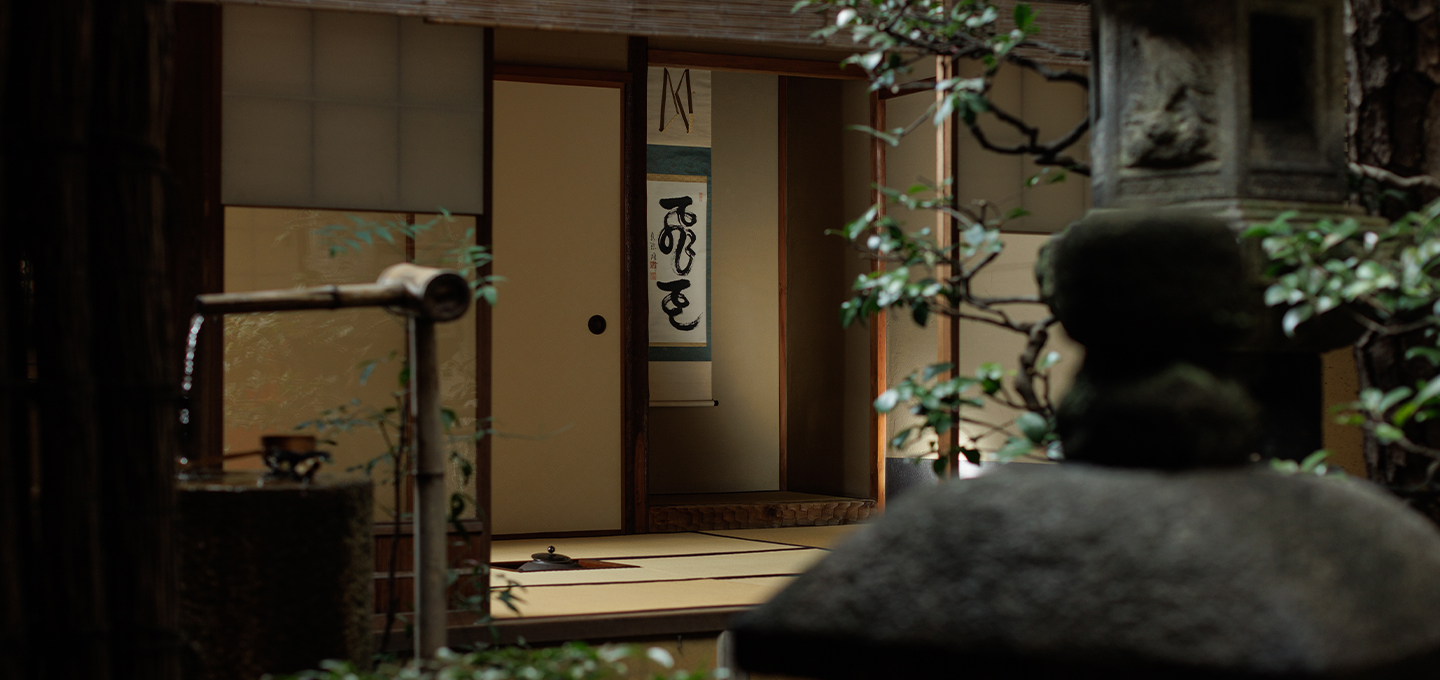
Special Experience
Kyoto
Ikebana and Tea Ceremony for the Four Seasons - At a Traditional Machiya Residence in Kyoto
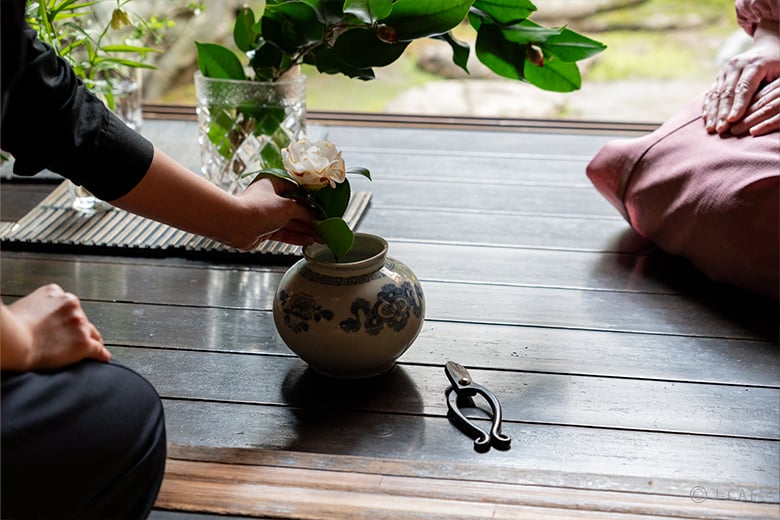
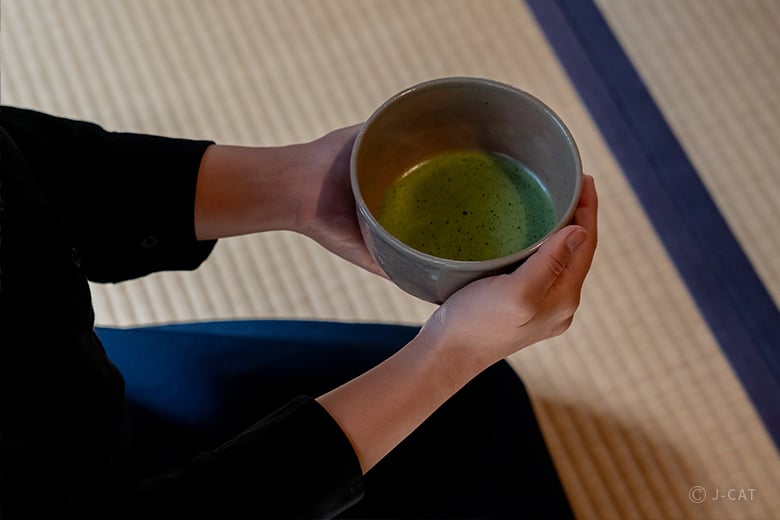
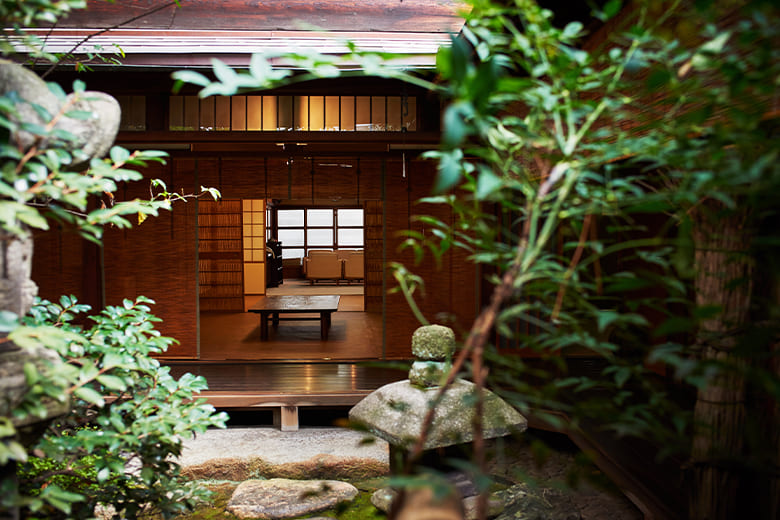
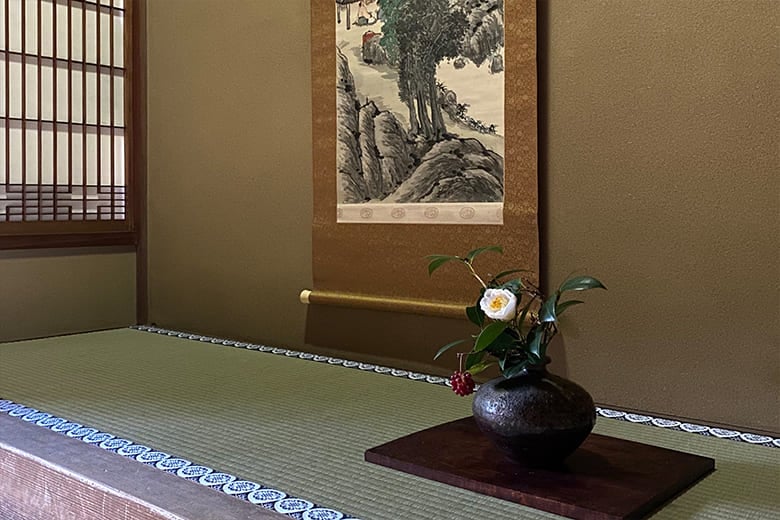
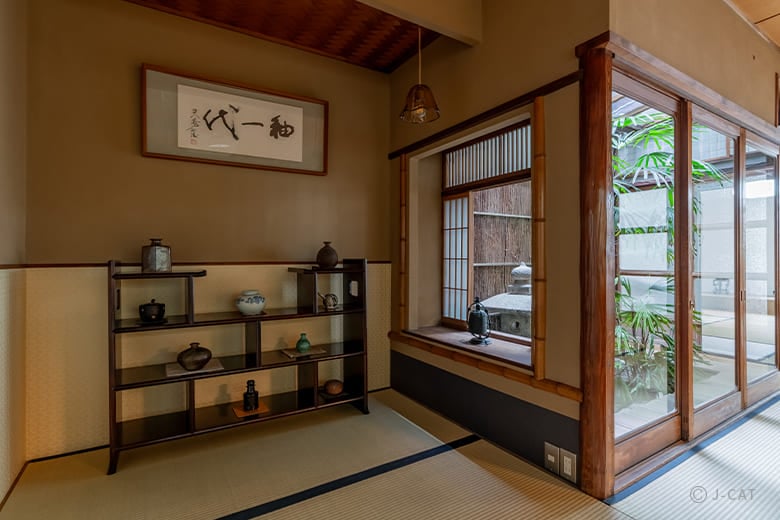
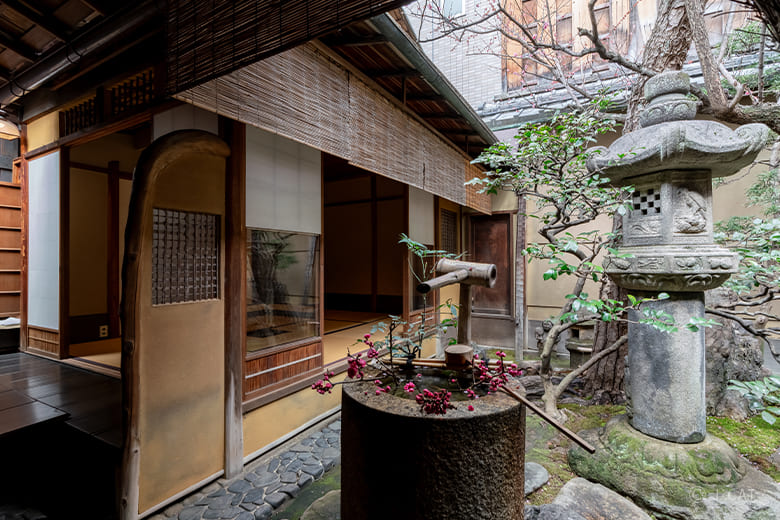
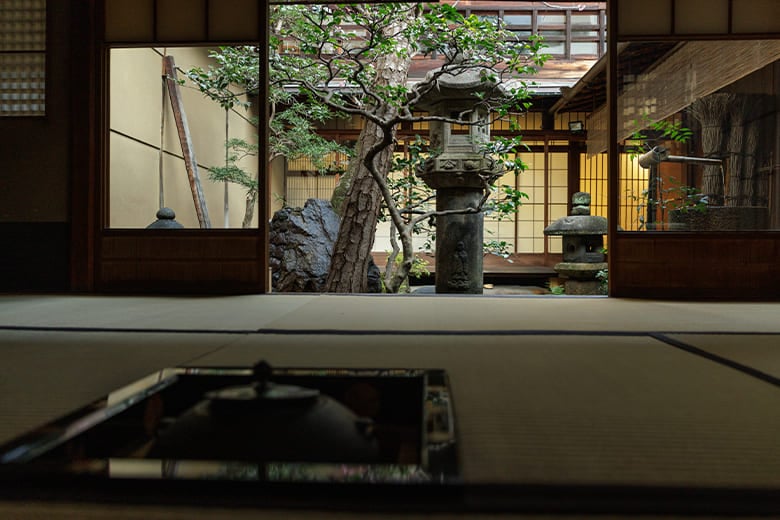
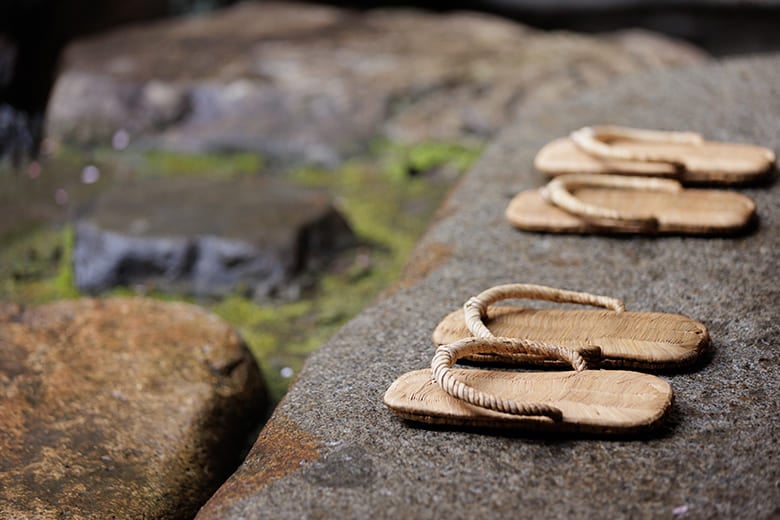
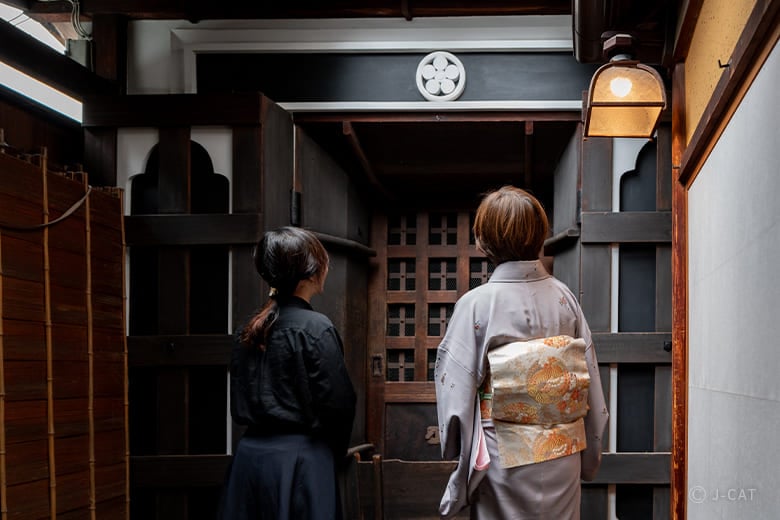
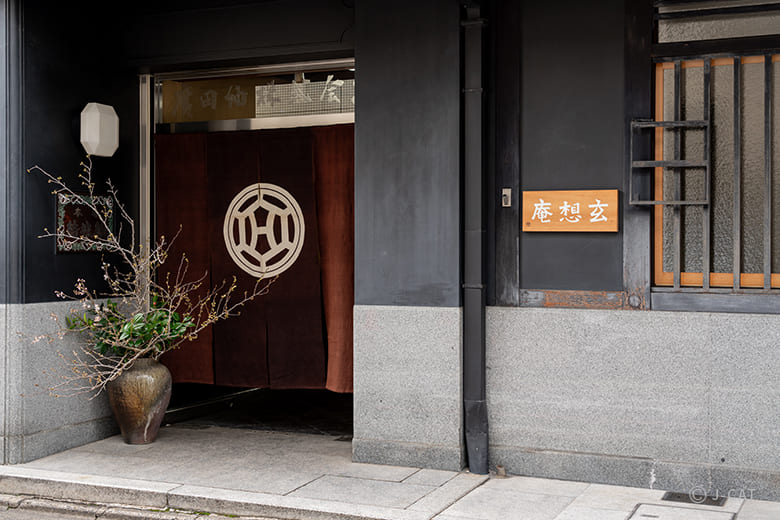
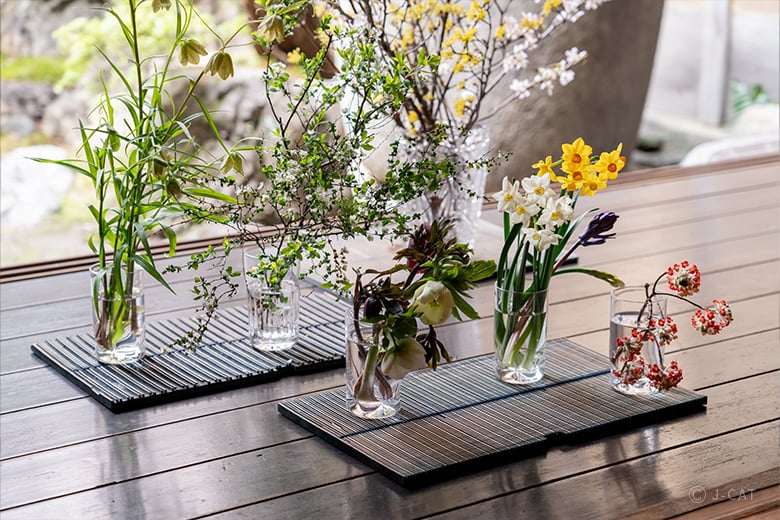
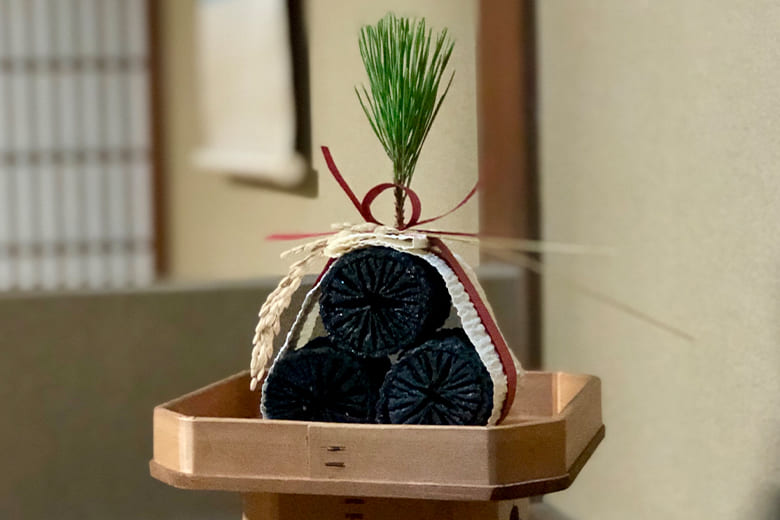
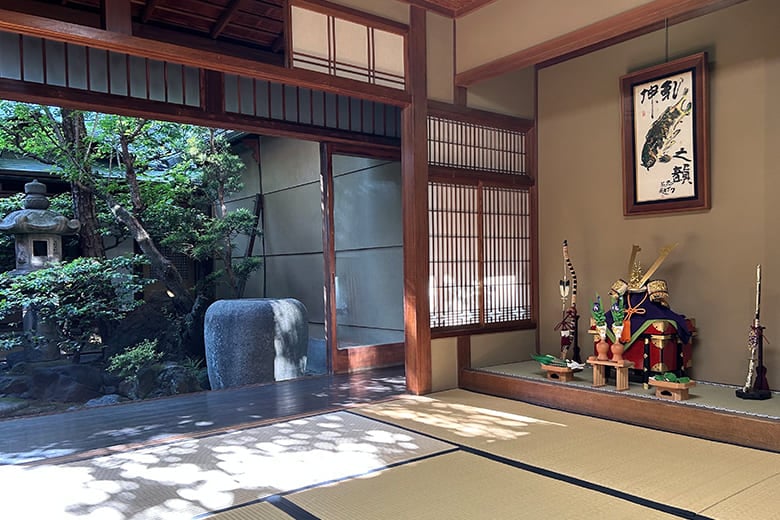
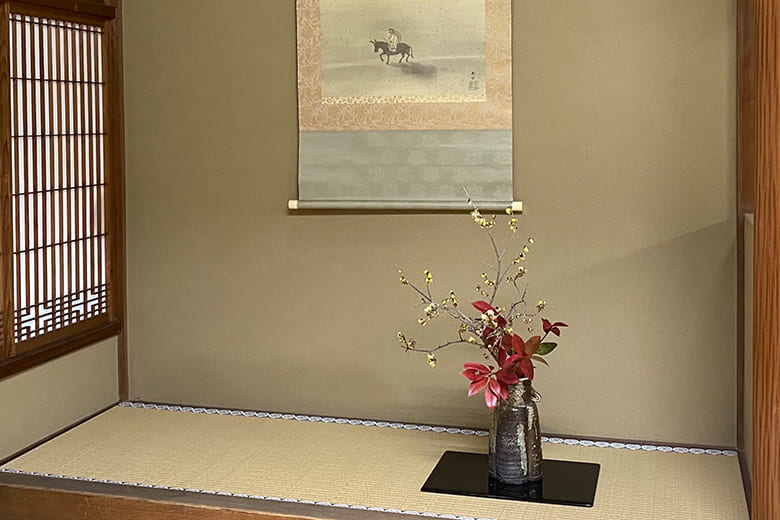
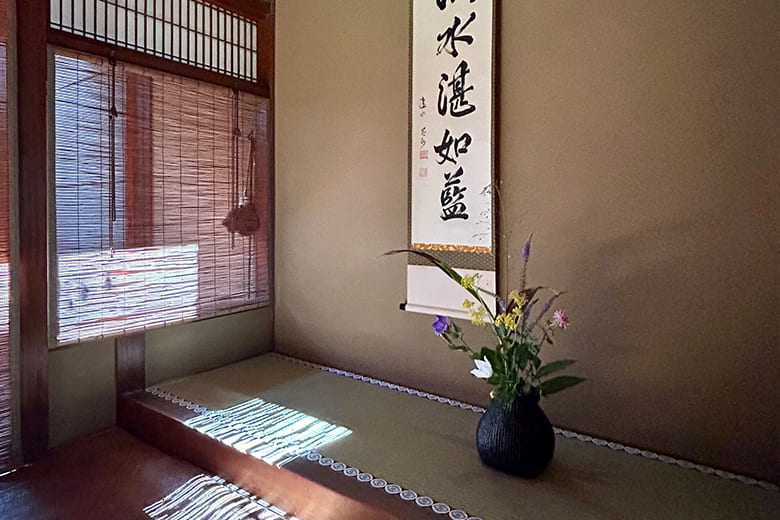
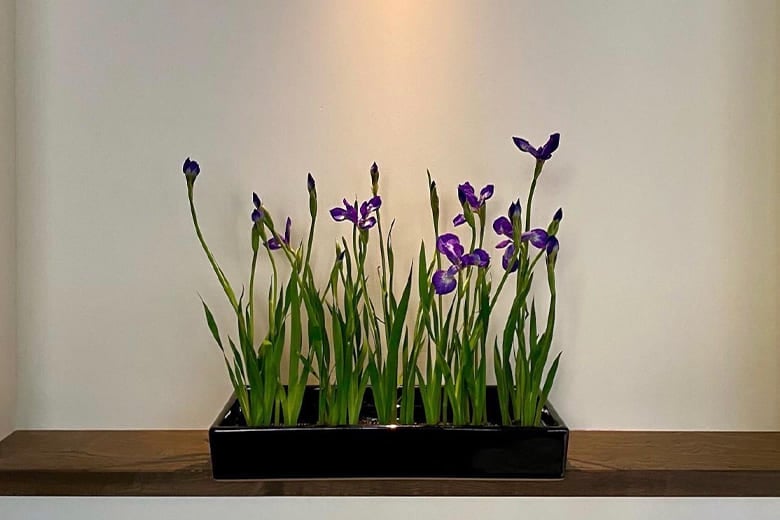
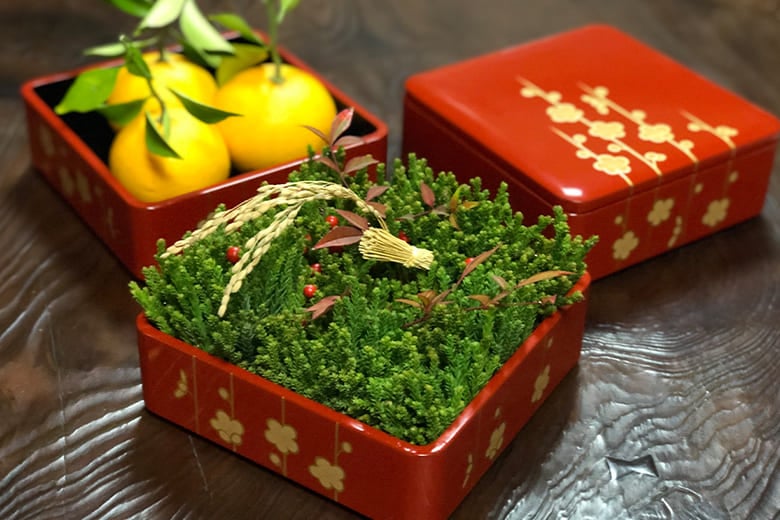
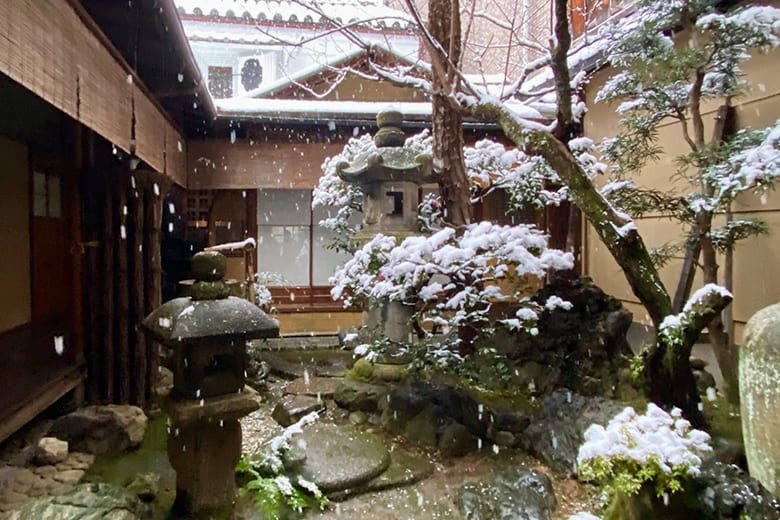
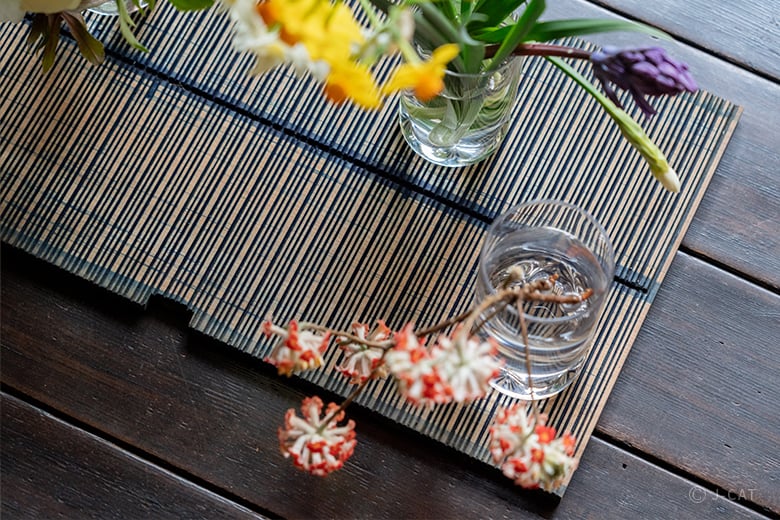
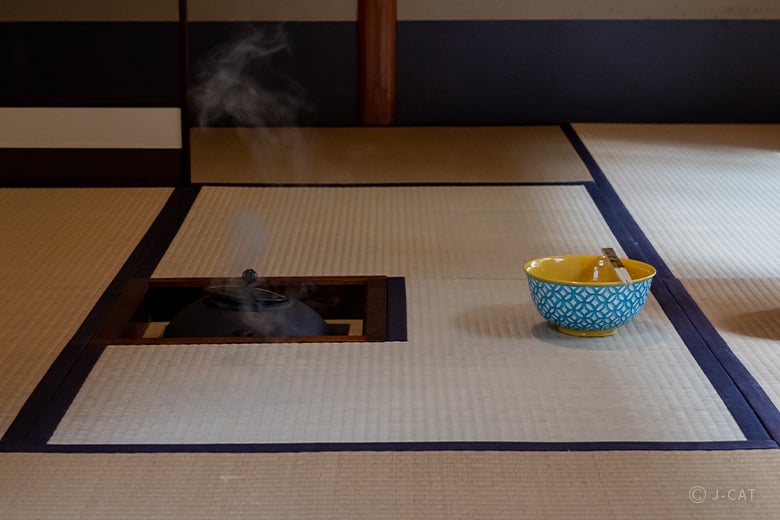
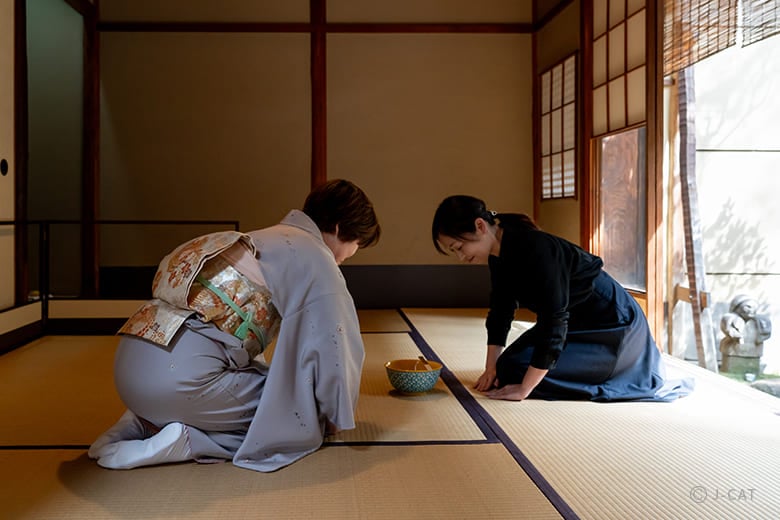
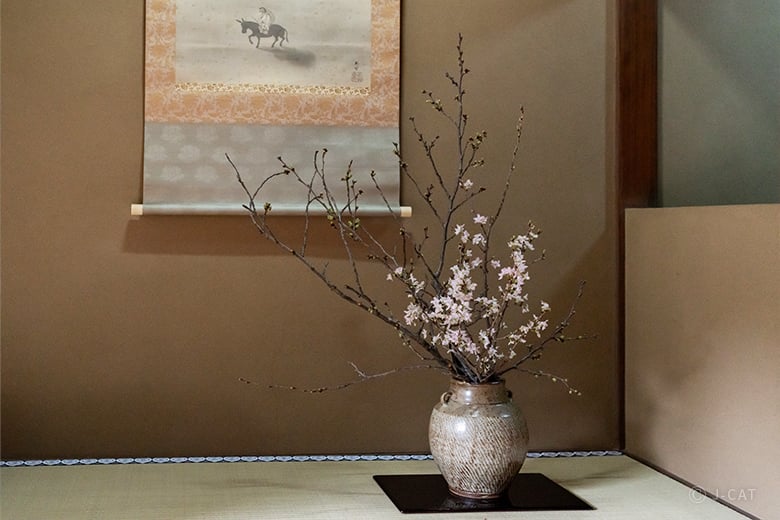
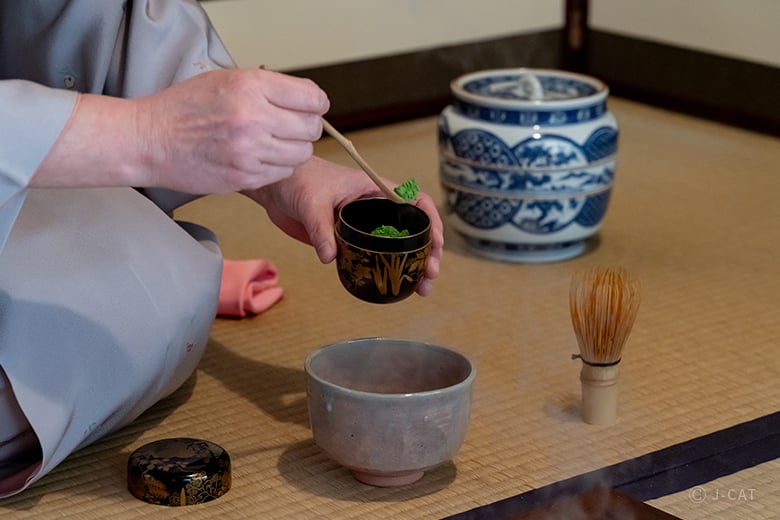
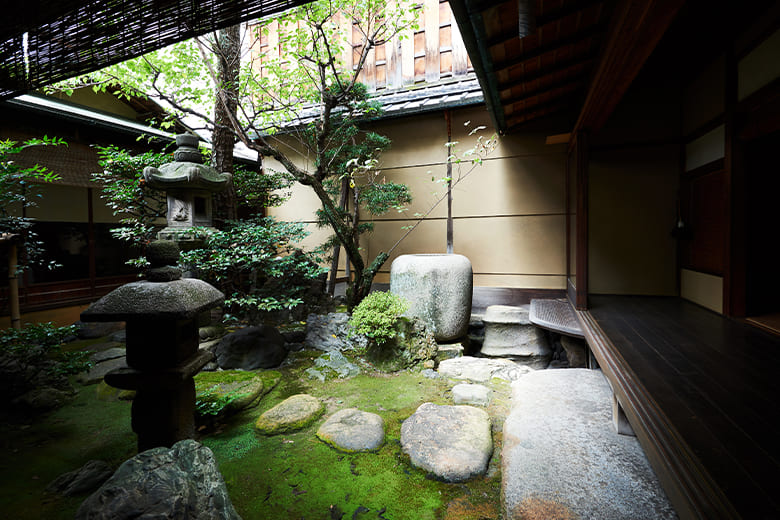
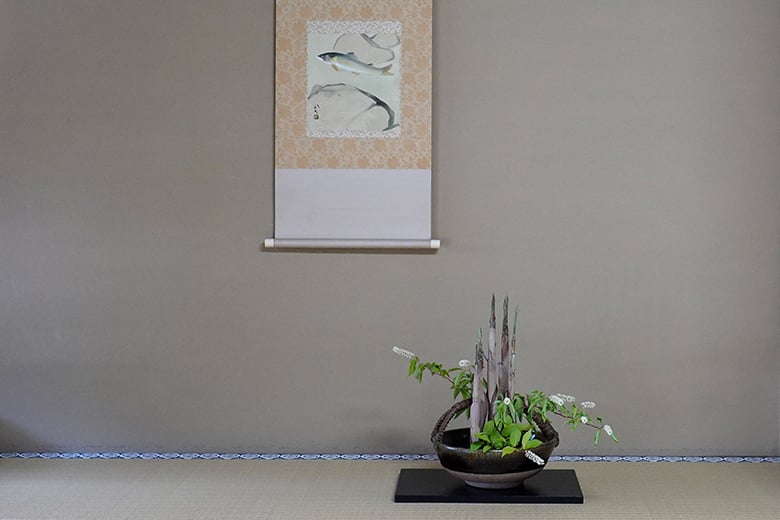
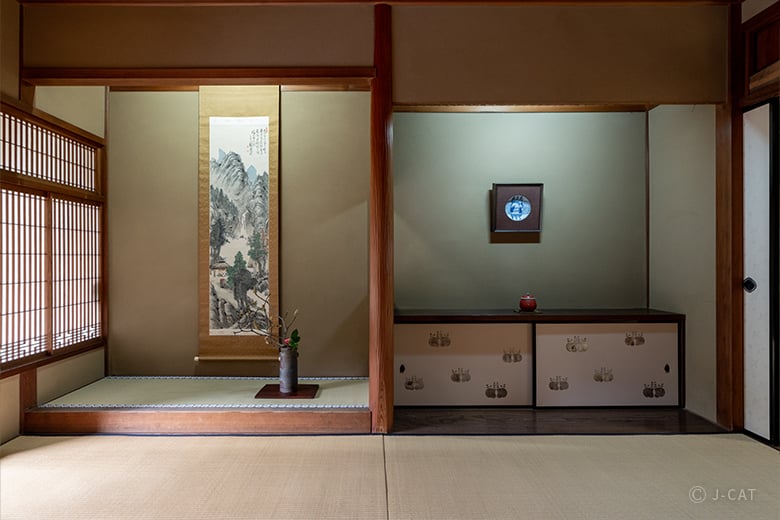
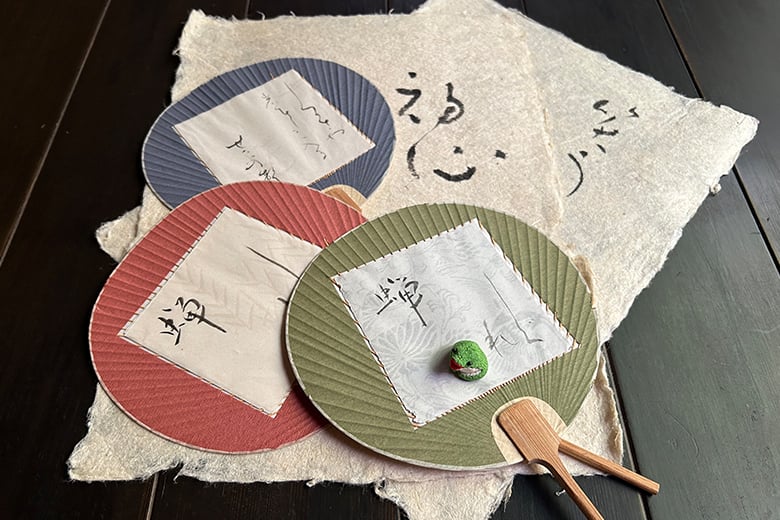
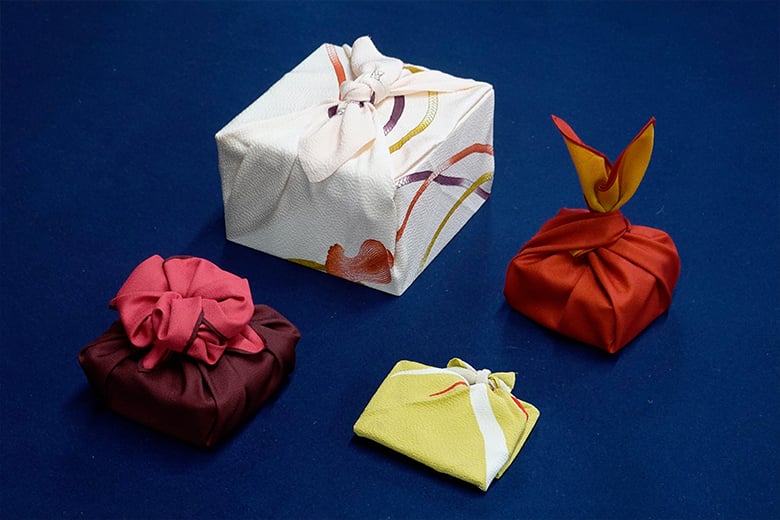
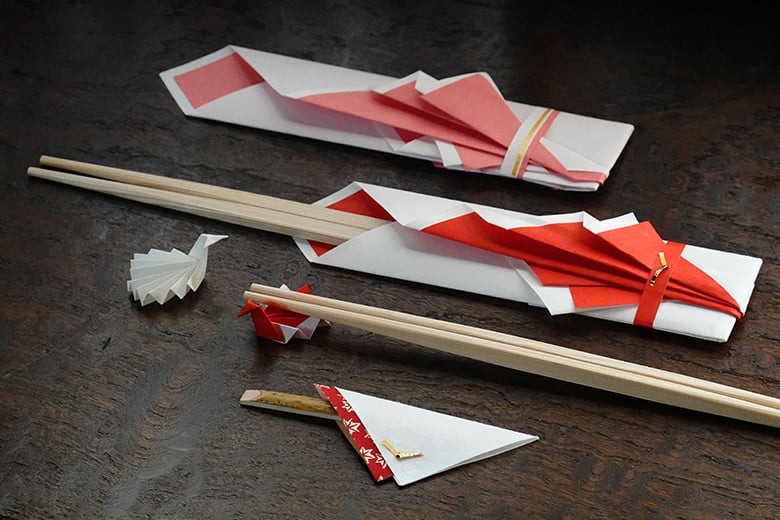





























Overview
Lovingly preserved by a kimono wholesaler for over 130 years, Gensoan is a historic kyo-machiya residence in Kyoto’s Shijo Karasuma area. In this Wabunka exclusive plan, learn all about the festival- and event-centered seasonal ceremonies and ikebana flower arrangement passed down through the generations within the walls of this architectural treasure. Experience arranging a work of ikebana for yourself before enjoying usucha light tea and traditional wagashi sweets in an authentic tearoom. Experience Japan’s profound cultural aesthetics, the delicate shifts of its four seasons, and the subtle seasonality of its tea preparation and utensils.
Key Features
・At Gensoan, a traditional kyo-machiya operated by a kimono wholesaler, learn all about the structure of these merchant residences and their traditional customs, culture, and way of life.
・Learn the fundamentals of ikebana flower arrangement using Aspidistra first, then move on to seasonal options. Your arrangement materials can be taken home with you.
・Delight in light tea and sweets in an authentic Japanese tearoom.
Kyoto
120mins
from ¥30,000 /person
1 - 6 participants
Available in English
Cancel free up to 11 days prior
Details
Kyo-machiya Gensoan: A Kyoto Merchant Family’s Life in Architecture
Gensoan, sitting just outside Kyoto’s central core, is a kyo-machiya over 130 years old. Machiya is the term for a traditional Japanese urban merchant townhouse, whereas this “kyo” (“capital”) means “Kyoto-style”. In Gensoan’s typical layout, a street-facing genkanma entrance hall flows into a okuzashiki back parlor and courtyard. As merchant residences where families lived but also conducted business, a kura storehouse and chashitsu tearoom were also incorporated into the structure. This layout, along with social and economic trends toward compact street faces for business produced oblong structures where an unassuming flat frontage conceals an unexpectedly deep interior. Perhaps unsurprising for the machiya of a kimono wholesaler, Gensoan’s interior is filled with yuki-tsumugi silk decorations.

A historic Kyomachi carrying a 130-year-old heritage
Today, Gensoan operates as a gallery exhibiting woodwork, pottery, and other traditional crafts. “We hope to make the experience of spending time in a real historic kyo-machiya, holding the heritage of ancestral wisdom and ingenuity, accessible to as many as possible,” was the idea behind this choice, and you can feel this hope flowing from the walls of this building.

Glimpse the machiya’s interior from the meticulously manicured courtyard
On this Kyo-Machiya Tour, Discover the Ingenuity Past Generations Put Into Their Residential Designs
The experience begins with a guided tour of Gensoan, taking you inward from the shopfront through a space that gradually transitions from public to private, from business to hospitality and finally to living. Delight in the physical presence and authentic atmosphere of this historic structure, wherein traditional Kyoto life lives on.

Tour a Kyoto machiya decorated with a cherished legacy of historical wares
The machiya residences of Kyoto first began to spring up during the Heian period (894-1185), but the style most recognized today dates to the mid-Edo period (1603-1867). Each of these homes, designed for Kyoto’s unique climate, showcase original and ingenious features designed for the daily lives of their inhabitants. The simple-at-a-glance frontage of each, standing in neat rows along Kyoto’s streets, masks an interior intricacy and luxurious elegance which can only be appreciated by exploring within – a heritage further accentuated by the passage of the ages.

A moment to feel yourself in history, standing before the heritage of a genuine kyo-machiya
Learn the Fundamentals of Ikebana through Shoka Arrangement
As is customary, the tokonoma alcove of Gensoan has always been decorated seasonally with wall scrolls and seasonal flowers to enliven the space. This tradition highlights the importance to daily life of the delicate passage of Japan’s four seasons, as well as the great value placed on hospitality toward guests.

Through detailed talks designed to be beginner-friendly, learn the basics of ikebana using the seasonal flowers and plants that can be seen across Japanese natural fields
First learn the fundamentals of yakueda, the branches that give shape to an arrangement, using aspidistra leaves. In the interplay of these branches and leaves rising from the water’s surface, witness the very beauty of life itself.

Learn the fundamentals using aspidistra leaves
Naomi Nakamura is the principal instructor for this experience. Involved in kyudo archery and sado tea ceremony since her student days, her deep knowledge of various aspects of Japanese traditional culture comes through in her ability to shed light on the cultural significance and historical context of various events and ceremonies. She is accompanied by the wife of the machiya’s owner, well-versed in the shoka style of ikebana and tokokazari alcove decoration, for an even more well-rounded discussion. The latter also oversees the ikebana theme for each experience.

Seasonal ikebana arrangements are a centerpiece in the art of tokokazari alcove decoration
An Ikebana Experience that Triggers Tender Thoughts of the Transient Seasons
After learning the basics, take up a selection of seasonal flowers and foliage to create an arrangement of your own. Enjoy the Japanese tradition of making themed arrangements to accompany seasonal festivals and events, with material motifs to match.

A moment to experience the traditional heritage of ikebana in the befittingly atmospheric interior of a kyo-machiya
New Year festivities are celebrated with arrangements of pine or nanten – known in English under the names “nandina” or “sacred bamboo” – and small “flower petals” of cut mochi fixed to willow branches to create mochi flowers. During Tango no Sekku in May – today referred to as Children’s Day – samurai helmets are decorated with irises. Bamboo grass is the motif of the Tanabata Festival of the Stars in July. For the Tsukimi Moon Festival in September, dango dumplings and Chinese silver grass take center stage. Choose your vase from a variety of options, and when your arrangement is finished, place it in the alcove and take photos of it as a tokokazari centerpiece. At the end, you can take your arrangement materials home with you.
Gentle Refreshments of Matcha and Wagashi Sweets in the Tearoom
Head next to the authentic tearoom through the traditional roji passage. Though it is not expansive, the courtyard with its seasonal plant life is comforting to gaze upon.

A lovingly maintained courtyard in which the previous generation’s attention to detail continues to shine, as in the arrangements of the trees, selected natural rocks or stone-made lanterns
The tea room, courtyard, and yard were used in ages past to entertain guests while reflecting personal taste and style, and these details remain in their intricately embellished fittings and mountings, ranma door transoms decorated with yuki-tsumugi silk, garden stones, and the huge oblong jujube-shaped chozubachi basin. In these design features and choices, the spirits of past owners live on.

After an up-close view on tea ceremony, enjoy fresh-brewed matcha
Enjoy tea ceremony hospitality incorporating seasonal themes and utensils with matcha and wagashi sweets. Ponder Kyoto’s long history and the richness of the culture it has accumulated since ancient times while you enjoy a relaxed chat in a quiet, secluded traditional space enjoying natural sounds from the courtyard and the rhythmic noises of tea ceremony. Even those brand new to tea ceremony can relax and enjoy it thanks to detailed guidance on what to do.

The joy of seasonal wagashi traditional sweets made by a longstanding Kyoto confectioner (actual offerings may differ from photo)
A Wide Range of Authentic Japanese Experiences, Customizable for You
In addition to ikebana and tea ceremony, this plan includes three additional options (additional fees apply) – shodo calligraphy, furoshiki cloth wrapping, and hashi-bukuro chopstick bag crafting. No matter what you choose, you’re sure to leave with enchanting memories unique to your time in Japan.
The calligraphy experience begins with learning the fundamentals of the art from an instructor before applying them by writing on an uchiwa hand fan that you can take home with you.

Even complete calligraphy beginners can relax and make the most of the experience
In the cloth wrapping experience, learn several types of wrapping methods using furoshiki cloth, from basics to advanced techniques used to snugly wrap bottles. When you’re finished, keep your furoshiki as a souvenir of the experience.

Learn to use a furoshiki wrapping cloth with ingenious technique
If you choose to craft a hashi-bukuro chopstick bag, using washi ornamental paper, you'll choose your favorite design from a variety of hashi-bukuro to craft your own along with the guidance of the instructor. You can also learn proper chopstick form and technique. In the end, take your hashi-bukuro home together with a pair of formal rikyu-bashi chopsticks, named for the famed historical tea master Sen no Rikyu.

Craft a variety of chopstick wraps
New Understanding of Kyoto’s Seasonal Events and the Depth of its Traditional Life
Beyond those which celebrate the seasons directly, Japan has numerous festivals and customs each with their own seasonal connotations. By learning the significance, context, and history of each, visitors can gain a new appreciation for the charm of Japanese traditional culture.

Gain a new appreciation for Japan’s cultural beauty by experiencing a way of life passed down from generations past
Says Gensoan’s owner: “From a modern perspective, with the luxury of so much available to us, the lifestyle of the past might seem to have been quite troublesome. But embracing this inconvenience and inefficiency by firsthand experiencing its traditions and customs can reconnect us with the deep beauty of an almost-forgotten past from which came the culture of Japan we take for granted.” And indeed, in a world where efficiency and convenience are increasingly expected rather than appreciated, wouldn’t it be a luxury to spend a while free of their spell amidst the traditional customs and lifestyle of old Kyoto?
Gensoan

Gensoan
A Traditional Kyoto-style machiya townhouse that has been lovingly preserved by kimono wholesalers for over 130 years. Here, the traditions of these merchant homes where life and work occupied the same space – including the increasingly rare practice of changing the building’s fittings in summer – remain strong, making Gensoan a valuable opportunity to experience traditional Kyoto machiya life even in the present day. In 2022, a new gallery space was opened, where craft exhibitions and art gallery events are held several times a year.
Customer's Voice
The place itself (the transformed machiya), the mixed program, and the four serious and engaged presenters made the experience surprising and rewarding for us.
J.B. United States
Fantastic. We enjoyed having the opportunity to learn a little about the art of Ikebana, calligraphy and especially enjoyed our tea ceremony experience presented by such skilled practitioner. It was also a privilege to spend the afternoon in such a beautiful traditional building. Thank you all.
E.T. United States
From start to finish, the host and hostess were most gracious and elegant. They endeavoured to provide an ancient and unique cultural experience in a short window of time. Just lovely! I knew the thought and effort put into everything the Japanese endeavour to accomplish but experiencing the Matchiya house, Ikebana and tea ceremony made it real.
I.F. United States
Location
Gensoan
Shimogyo Ward, Kyoto
Request for booking
Select first preferred date (JST)
January 2026
Sun
Mon
Tue
Wed
Thu
Fri
Sat

Instant Booking

Request Booking

17
Full

17
Unavailable
Kyoto
120mins
from ¥30,000 /person
1 - 6 participants
Available in English
Cancel free up to 11 days prior
Things to know
Contact Us
If you have any questions, please contact us using the form below.
We also accept bookings from corporate clients and travel agencies.